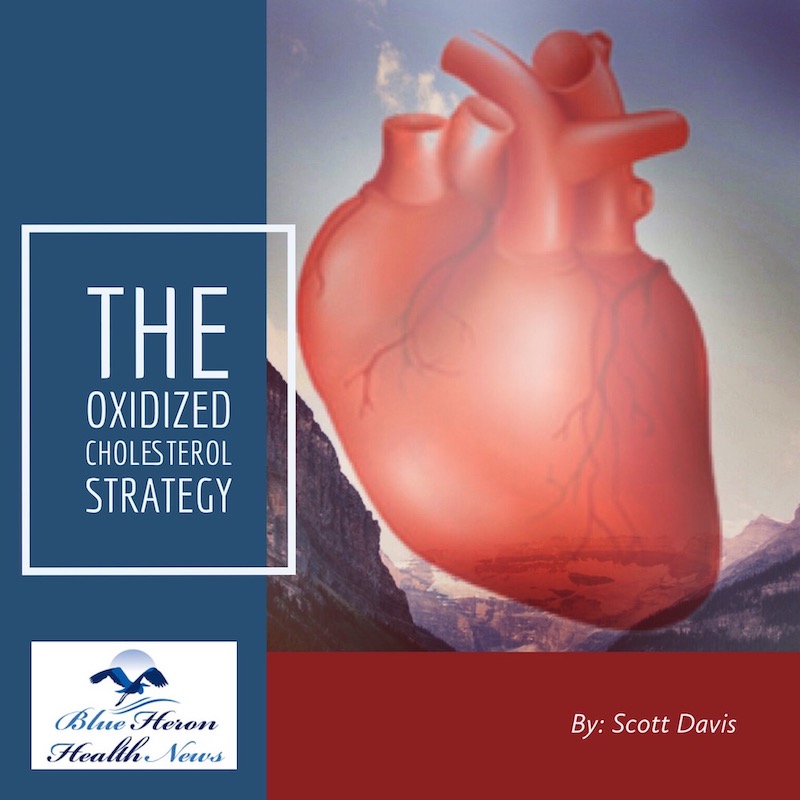What is stroke?
A stroke, also known as a brain attack, occurs when the blood supply to part of the brain is interrupted or reduced, depriving brain tissue of oxygen and nutrients.
Within minutes, brain cells begin to die.
Types of stroke
There are two main types of stroke:
Ischemic stroke: This is the most common type of stroke, accounting for about 85% of all strokes. It occurs when a blood clot blocks a blood vessel leading to the brain.
Hemorrhagic stroke: This type of stroke occurs when a blood vessel in the brain ruptures and bleeds into the brain tissue.
Causes of stroke
The most common causes of stroke are:
High blood pressure: High blood pressure can damage blood vessels and make them more likely to rupture or become blocked.
Atrial fibrillation: Atrial fibrillation is a type of heart arrhythmia that can increase the risk of blood clots forming in the heart. These blood clots can then travel to the brain and cause a stroke.
High cholesterol: High cholesterol levels can lead to plaque buildup in the arteries, which can narrow the arteries and increase the risk of a stroke.
Diabetes: Diabetes can damage blood vessels and make them more likely to rupture or become blocked.
Smoking: Smoking damages blood vessels and increases the risk of blood clots forming.
Obesity: Obesity is a risk factor for high blood pressure, high cholesterol, and diabetes, all of which can increase the risk of stroke.
Symptoms of stroke
The symptoms of a stroke can vary depending on the part of the brain that is affected. However, some common symptoms of stroke include:
- Sudden numbness or weakness in the face, arm, or leg, especially on one side of the body
- Sudden confusion, trouble speaking, or understanding speech
- Sudden trouble seeing in one or both eyes
- Sudden trouble walking, dizziness, loss of balance, or lack of coordination
- Sudden severe headache with no known cause
If you or someone you know is experiencing any of these symptoms, call 911 immediately.
Treatment for stroke
The treatment for stroke depends on the type of stroke and the severity of the symptoms. For ischemic stroke, the goal of treatment is to restore blood flow to the brain as quickly as possible.
This can be done with medications to dissolve blood clots or with surgery to remove the clot or widen the blocked artery.
For hemorrhagic stroke, the goal of treatment is to stop the bleeding and control the blood pressure. This may require surgery to repair the ruptured blood vessel.
Recovery from stroke
The recovery from stroke varies from person to person. Some people make a full recovery within a few weeks, while others may have permanent disabilities.
Recovery depends on the severity of the stroke, the part of the brain that was affected, and the person’s overall health.
Preventing stroke
The best way to prevent stroke is to manage any underlying medical conditions, such as high blood pressure, high cholesterol, and diabetes.
Other lifestyle changes that can help to reduce the risk of stroke include:
- Eating a healthy diet
- Exercising regularly
- Quitting smoking
- Maintaining a healthy weight
If you have any risk factors for stroke, talk to your doctor about how to reduce your risk.




0 Comments